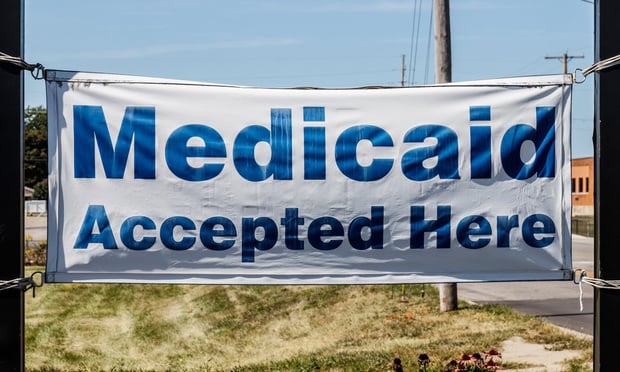 In determining where to live, workers must balance the trade- offbetween high rents and short commutes against low rents and longcommutes.
In determining where to live, workers must balance the trade- offbetween high rents and short commutes against low rents and longcommutes.
The most expensive commutes in the U.S. probably aren't whereyou would imagine. The commuters who face the highest costs aren'tcoming from the suburbs of New York City or San Francisco. Thesecommuters live within 65 miles of Washington.
Workers from Charles County, in southern Maryland, spent 388hours — or just under two and a half weeks — on average, travelingto and from work in 2017, according to Bloomberg analysis of U.S. Census data.
Continue Reading for Free
Register and gain access to:
- Breaking benefits news and analysis, on-site and via our newsletters and custom alerts
- Educational webcasts, white papers, and ebooks from industry thought leaders
- Critical converage of the property casualty insurance and financial advisory markets on our other ALM sites, PropertyCasualty360 and ThinkAdvisor
Already have an account? Sign In Now
© 2024 ALM Global, LLC, All Rights Reserved. Request academic re-use from www.copyright.com. All other uses, submit a request to [email protected]. For more information visit Asset & Logo Licensing.








